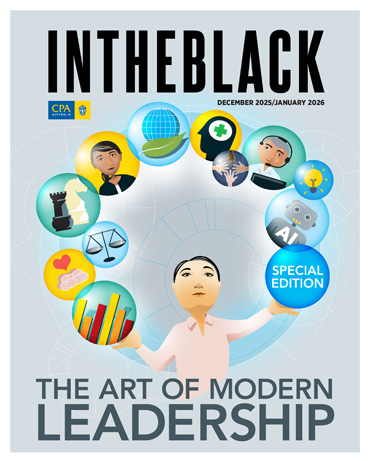Loading component...
At a glance
“Fail fast, fail often,” is said to be a mantra of Silicon Valley.
But it is missing a critical ingredient that is needed to make failure worthwhile: the subsequent analysis that allows people to learn from a misstep.
“Mistakes happen — the only real question is whether we catch, admit and correct them,” writes Harvard Business School professor Amy Edmonson in her book, Right Kind of Wrong: The Science of Failing Well.
Owning up to a mistake is hard to do in practice. It is a natural instinct to deflect blame out of embarrassment, shame, or fear of confrontation.
But by failing to own mistakes, “we lose out on countless opportunities to learn and develop new skills,” Edmonson notes.
So, what is the right way to make a mistake at work?
Take a breath
It happened. An error such as misinterpreting financial data or hitting “reply all” to a sensitive email.
The first step is to take a deep breath, says Dr Michelle Pizer, an organisational psychologist based in Melbourne, Australia.
“Not all mistakes are equal. Some will be human error slip-ups, but others might be more serious violations.
“Figuring out what you’ve done, who it affects and who needs to know, determines how you handle it.”
Report the mistake
The next step is to report the error. It is best to act quickly, says Tony Frost, a former lawyer, accountant turned leadership coach and author of The Professional.
If the employee discovers a mistake on a Monday, but doesn’t report it until Friday, by then the damage might have multiplied,” he says.
“You minimise damage to both yourself and the firm by telling your manager as soon as possible. It’s not about making excuses at this stage, but rather clearly stating what has happened.”
If a mistake directly affects a client, hold back before notifying them of the error and escalate the matter internally.
“A mistake in client advice is potentially a very serious matter because it could subject the firm to legal action,” Frost says.
Many organisations have processes to deal with these types of mistakes. They are often overseen by partners whose responsibility is risk management.
“The first thing a [manager] should do to minimise fallout is notify the risk management partner, so they can determine the next steps,” he says.
Manage emotions
It is normal to feel a range of negative emotions, such as guilt, shame or regret when a mistake has been made.
But it is important to remain calm and take stock of the situation.
Pizer offers some advice: “Don’t point fingers, pass blame or rush to fix things before you understand what really went wrong.”
Also, do not “over-apologise or make it all about your feelings”.
“People want to know the impact, not how bad you feel about it, because your manager will end up having to manage both the problem and your emotions,” she says.
But that does not mean denying them.
“Being honest and transparent about how you feel can be helpful. If you feel terrible, tell your boss you feel terrible — there’s nothing wrong with that,” Pizer says. But “you want to get into solving the problem, as opposed to being stuck in your emotions with it”.
Step up
Acting decisively can be an opportunity to demonstrate capability in a crisis.
“Own it, explain the impact and offer some next steps — which may or may not be taken — but show that you are being accountable and not falling apart . If you don’t know what to do next, say so and ask for help,” Pizer says.
How a person behaves in a situation like this will make a lasting impression on their colleagues.
“If you handle it well, it will help build credibility: ‘They’re resilient, they’re smart, they’re sensible and have the organisation’s best interests at heart’.”
Repair relationships
Owning up quickly and acting to mitigate the fallout can repair potential damage to work relationships, particularly those characterised by mutual trust and respect.
“A good manager, someone who has a coaching and feedback mindset, will recognise that it was tough for the employee to admit the mistake, and will thank them in the moment for speaking up,” Frost says.
The type of mistake matters. “If you haven’t followed procedures or checklists, you can expect to be admonished in some way,” he says.
“But if you’ve done the best you can, followed procedures and still made a mistake, then having it explained to you by someone who knows the rules can be a positive experience.”
In this way, with the right coaching, a mistake can deepen engagement.
“The employee will feel relieved they weren’t demoted or fired, and they won’t make the same mistake again,” he says.
Learn from it
A mistake offers an opportunity for reflection and self-analysis.
Ask: “What did you miss? What could you change so it doesn’t happen again? Was it something about your assumptions and habits that got in the way? Was it unclear expectations or a systemic failing?” Pizer says.
The answers to these questions will provide insights that can help reduce the chances of a repeat experience.

